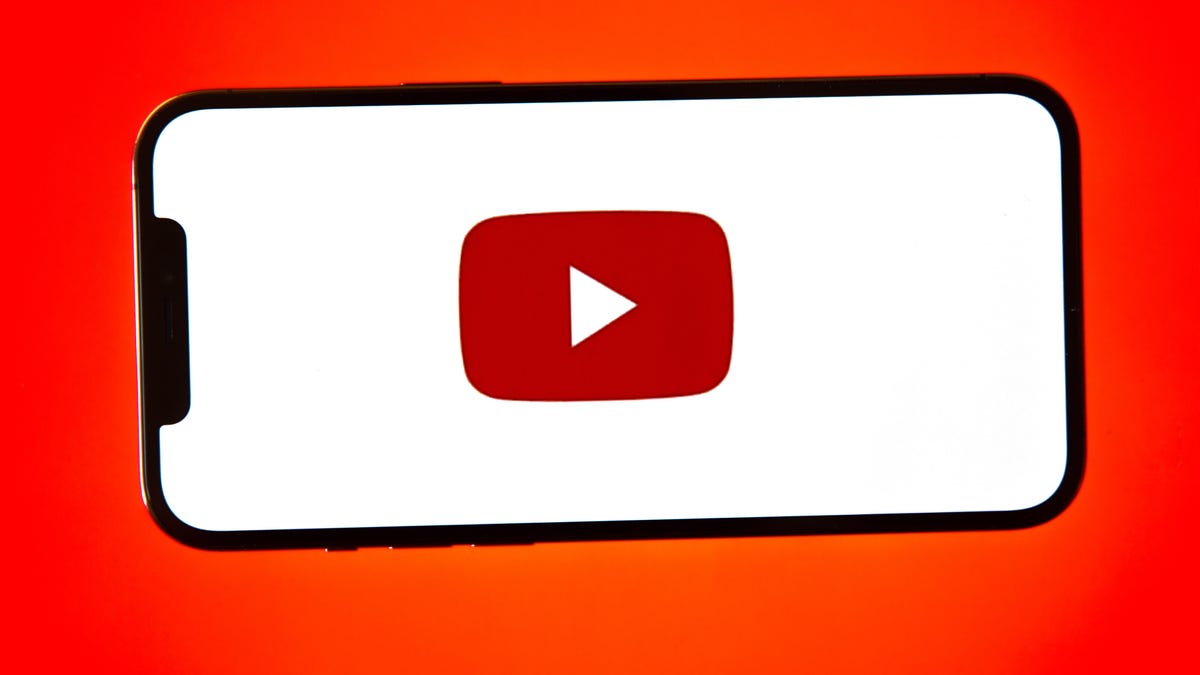YouTube now lets all creators use auto captions for livestreams
The feature only works for English streams, but the company says it'll expand to more languages in the coming months.

YouTube is expanding auto captions for livestreams.
All YouTube creators can now enable auto captions for livestreams to make them more accessible, the Google-owned company said Thursday. The feature was previously only available to channels with at least 1,000 subscribers.
Live auto captions are currently only available for livestreams in English, but the company says it plans to expand the feature in the coming months to all 13 supported automatic captioning languages.
In addition, YouTube says it'll be rolling out auto translation for captions in supported languages on Android and iOS later this year. Right now, that feature is only available on desktop. The company also plans to start testing the ability to search caption transcripts on mobile to help users find specific keywords. That'll also happen later this year.
YouTube is also testing the ability to add multiple audio tracks in a video, which can help offer multi-language audio for international audiences, in addition to descriptive audio for people who are blind or low-vision. The company says it hopes to "roll this feature out more widely in the coming quarters."
More tech companies have been adding captions to their platforms as they expand their accessibility efforts. Instagram added automatic captions for IGTV late last year, and then extended that feature to Stories in May. TikTok rolled out automatic captions in April, and Twitter turned on automated captions for voice tweets on iOS following criticism that the feature, which debuted last year, wasn't accessible to people with disabilities.

